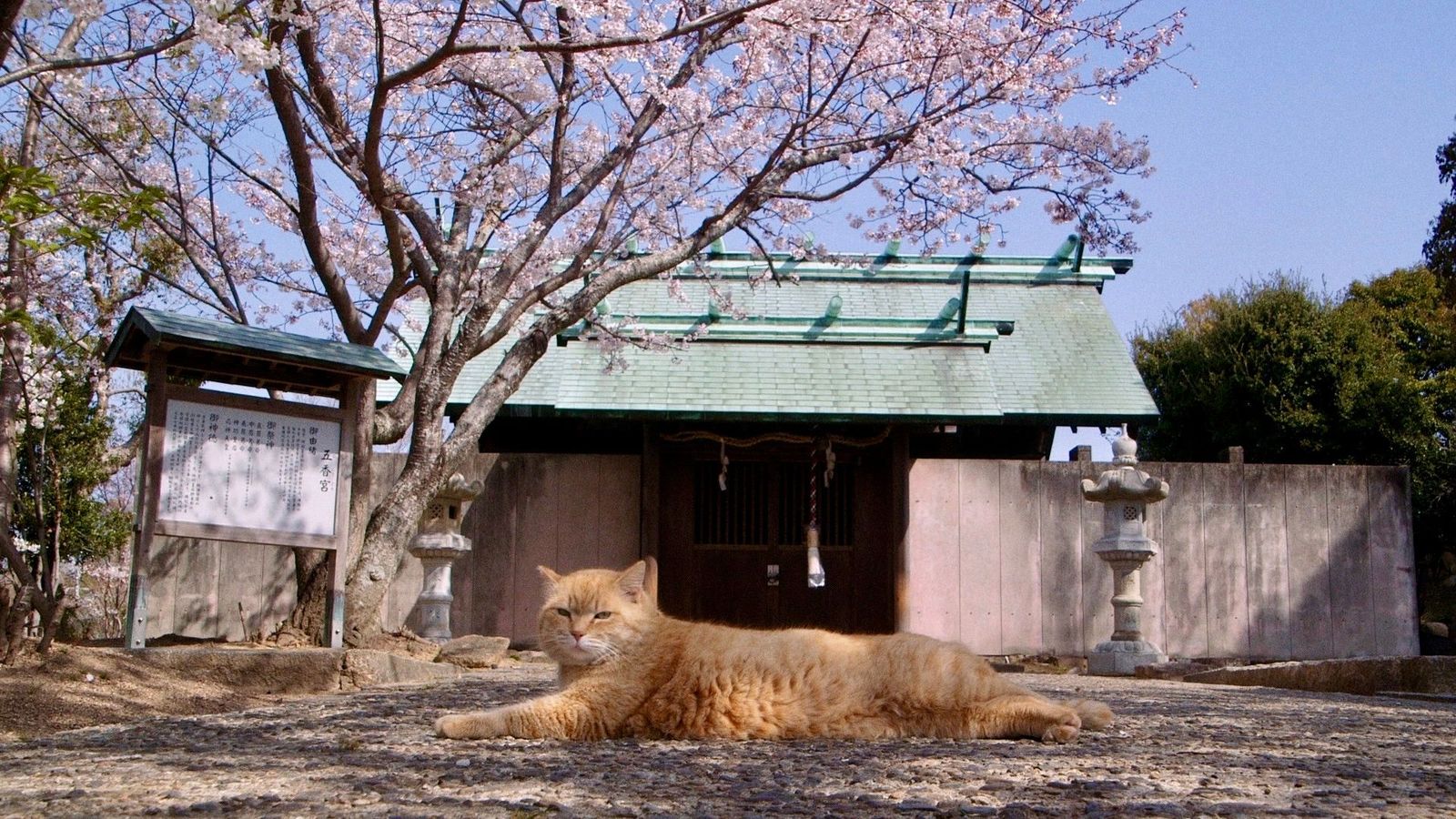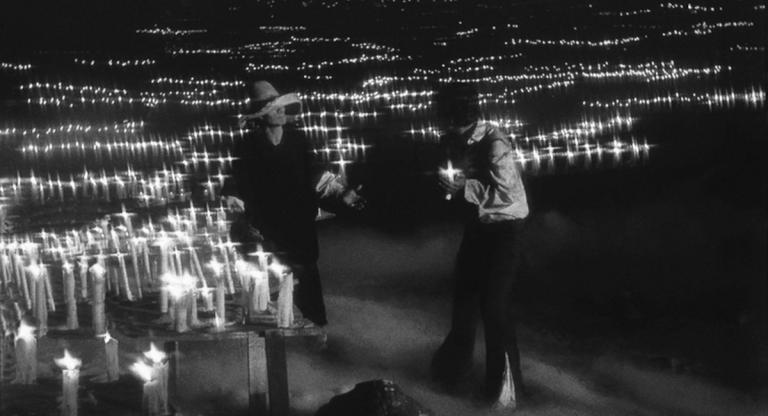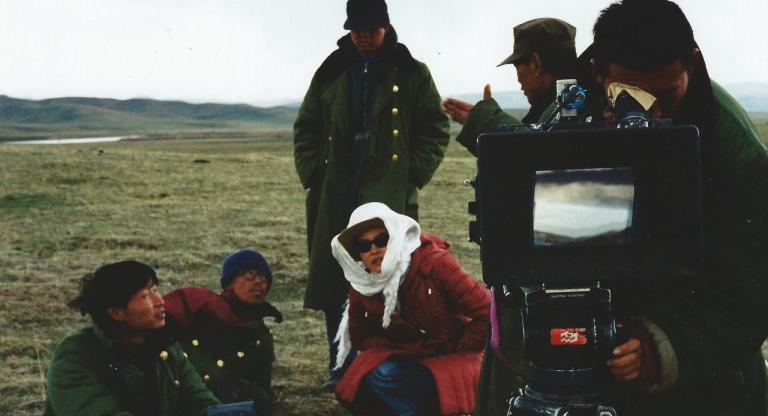Kazuhiro Soda’s cinema has always had a feline throughline. The majority of the director’s ten previous documentaries feature cats. They appear in digressions from the central narrative, as in Mental (2008); in subplots that parallel human action, as in Peace (2010); or as one stratum of a broader ecosystem, as in Inland Sea (2018). Cats have gradually become a Soda trademark, and the arrival of The Cats of Gokogu Shrine (2024) feels somehow inevitable. After years of prowling the edges of Soda’s films, cats dominate the latest installment of his observational cinema project, which focuses on a Japanese shrine’s thriving street cat population. “I love [cats]!” professed Soda in an interview with Asian Movie Pulse; “Whenever I see one, there is no way I'm not going to film it.” His love is apparently requited. In both The Cats of Gokogu Shrine and Oyster Factory (2015), a cat repeatedly follows Soda home, finding ways to slip inside despite the filmmaker’s best efforts. It’s a case of artist and muse choosing each other, fostering a years-long inter-species creative partnership.
As the program capsule for the documentary’s North American premiere at the San Francisco International Film Festival insists, the film is serious cinema, not just a montage of cute kitties. Filmed in Ushimado, the same setting as Oyster Factory and Inland Sea, The Cats of Gokogu Shrine uses its feline stars as a means of exploring the fissures of a seemingly placid seaside town. The shrine cats’ wildness threatens the sensibilities of some of the locals; volunteers carry out trap-and-neuter schemes, but the proliferation of cat excrement and mischief still trouble a vocal segment of the community. At the same time, the cats play a significant role in upholding the shrine’s popularity in secular Japan. The additional stream of visitors they draw into town maintains the site as a vital, multi-use public space. Photographers and cat lovers travel to Gokogu to commune with these creatures, who offer them spiritual comfort they cannot find elsewhere. Cats thus replace traditional deities as objects of adoration.
Another realm where cats have been transformed into idols is the internet. Yet The Cats of Gokogu Shrine doesn’t play out as an elongated cat video. Rather, Soda’s patient curiosity slowly reveals the fraught question of how to coexist with beings we can never fully understand. Soda also sidesteps animal-film trends of the arthouse variety. Recent festival favorites like Gunda (Victor Kossakovsky, 2020), Cow (Andrea Arnold, 2021), and EO (Jerzy Skolimowski, 2022) experiment with form in order to approach an animal’s perspective. Loyal to his Ten Commandments of Observational Filmmaking, Soda works with the same tools he always has, and his films demonstrate the value of consistency and repetition. Rather than crafting an alternative vision, he models a wise, compassionate, and easily replicable way of looking at the world.
The Cats of Gokogu Shrine screens tonight, April 28, at BAMPFA as part of the San Francisco International Film Festival.





